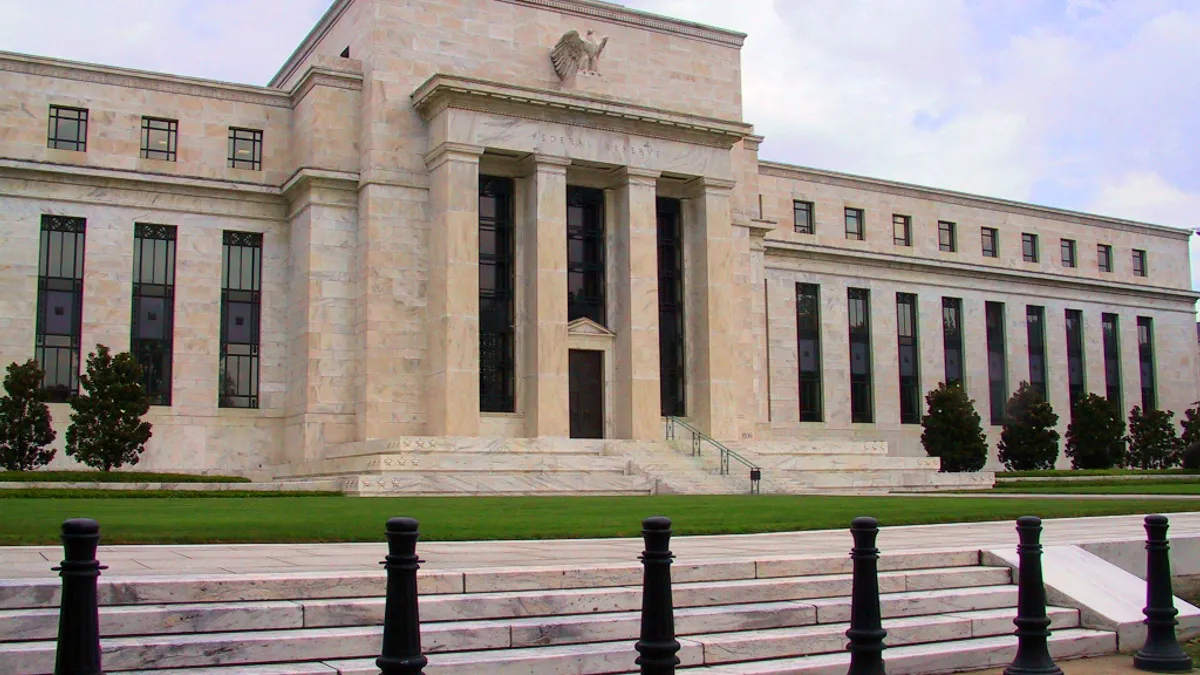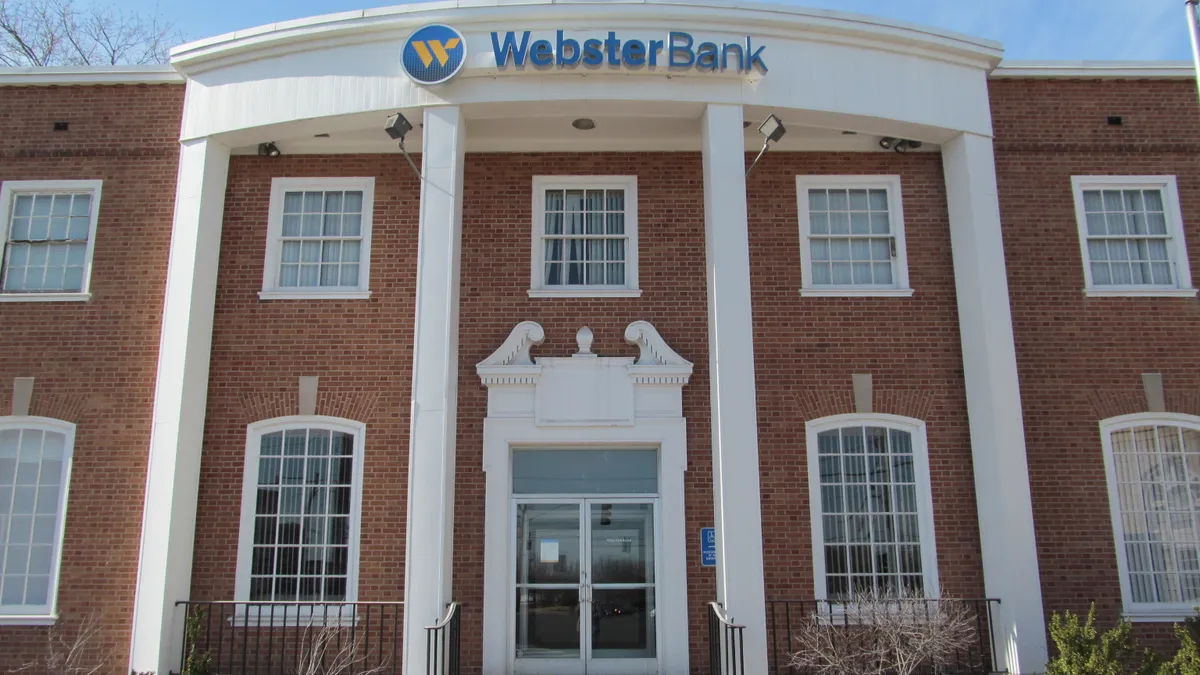In its April report scrutinizing the Federal Reserve’s supervision of the recently failed Silicon Valley Bank, the Government Accountability Office concluded that actions taken by the Fed’s San Francisco satellite “lacked urgency.”
Michael Barr, the Fed’s vice chair for supervision, shared that assessment, in a report published by the central bank on the same day.
“Regulatory standards for SVB were too low, the supervision of SVB did not work with sufficient force and urgency, and contagion from the firm’s failure posed systemic consequences not contemplated by the Federal Reserve’s tailoring framework,” he said.
If Newton’s Third Law were to apply to banking regulation, observers may now be seeing the equal and opposite reaction to the reputation drag the Fed suffered in the wake of SVB’s collapse.
The Fed recently issued several warnings — on issues from capital and liquidity to technology and compliance — to banks including Citizens, Fifth Third and M&T, Bloomberg reported Wednesday, citing people with knowledge of the matter.
“There’s just been a very noticeable and heightened regulatory focus on anything liquidity, deposits or funding related,” James Stevens, the co-leader of law firm Troutman Pepper’s financial services industry group, told Bloomberg. “I can’t think of ever experiencing such an acute focus on deposits, liquidity and funding risk. That’s manifesting itself in a lot of rule-making and a lot of on-site examination questions.”
The supervisory findings the Fed is sending to banks — comprising matters requiring attention and matters requiring immediate attention — aren’t public and don’t come with monetary penalties attached. But if ignored, the central bank may issue enforcement actions, which are public and generally do include fines.
For reference, the Fed issued 54 MRIAs and MRAs to SVB alone between 2019 and its March collapse; 31 went unaddressed.
Barr, in April, said he aimed to “improve the speed, force, and agility of supervision.” The Fed’s action toward Citizens, Fifth Third and M&T may stand as the first prime post-crisis example of that effort.
Representatives for the banks declined to comment to Bloomberg, as did the Fed.
It should be noted that Citizens, Fifth Third and M&T each count between $100 billion and $250 billion in assets — a category the Fed has targeted for closer scrutiny because SVB, Signature and First Republic all held assets within that range.
Under a capital-requirements proposal the Fed and other regulators issued last month, banks of that size would have to account for unrealized gains and losses on available-for-sale securities and adhere to stricter rules on leverage.
Goldman’s fintech partnerships
But regional banks aren’t the only ones apparently finding themselves under the Fed’s more careful watch.
The central bank this year raised concerns over Goldman Sachs’ risk and compliance standards — including insufficient due diligence and monitoring processes — stemming from its partnerships with fintechs, the Financial Times reported Wednesday, citing people familiar with the matter.
A segment of the Goldman’s transaction-banking business stopped accepting higher-risk fintech clients after the Fed’s warning, the people said. Some transaction-banking employees internally flagged what they saw as a tendency at Goldman to minimize risks, sources told the publication.
At its investor day in February, Goldman lionized transaction banking — which helps corporate clients move money and offers banking infrastructure to fintechs — as a potential bastion of profitability. But it’s housed in Goldman’s Platform Solutions division, alongside Apple Card, GreenSky and some of the bank’s Marcus business.
Goldman this winter credited Platform Solutions with chalking up more than $3 billion in losses since 2020. However, its transaction-banking business is targeting revenues of roughly $750 million by next year.
The Fed did not criticize all of Goldman’s transaction-banking unit. It left alone a segment that provides cash payments services, the Financial Times reported.
Goldman, for its part, told the publication it is “not permitted to comment on any supervisory matters related to our regulators.” The Fed declined to comment.
MRIAs and MRAs often require a bank’s board to reply to the Fed and give a timeline to correct any shortcomings. For some observers of the banking space, the timeline part stands out.
“We’re going to start seeing the supervisory staff impose tight deadlines on resolution,” Gary Bronstein, who leads the financial services team at Kilpatrick Townsend & Stockton, told Bloomberg. “If banks are not resolving these issues pretty quickly, then we’ll see enforcement actions.”






















